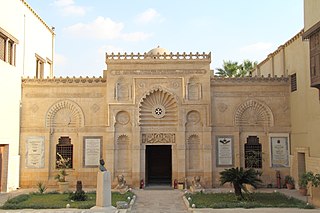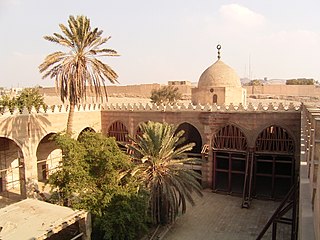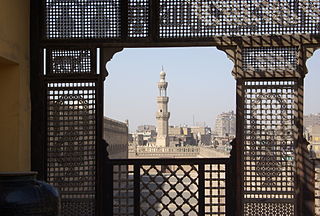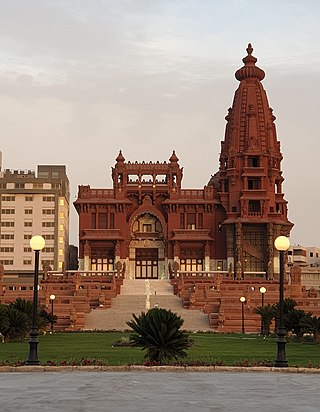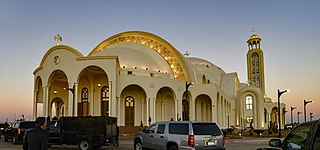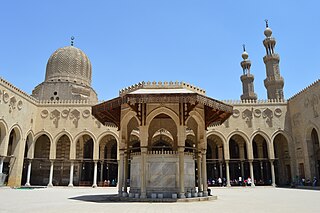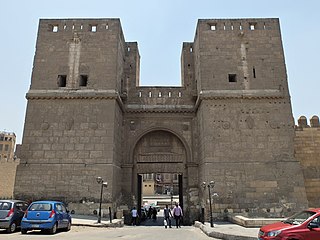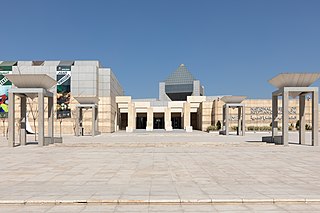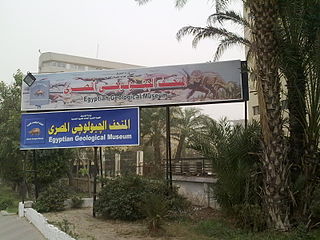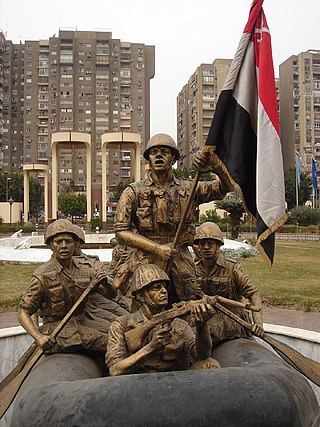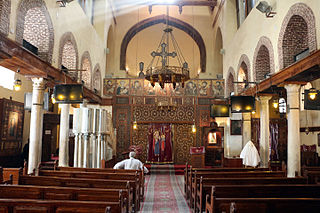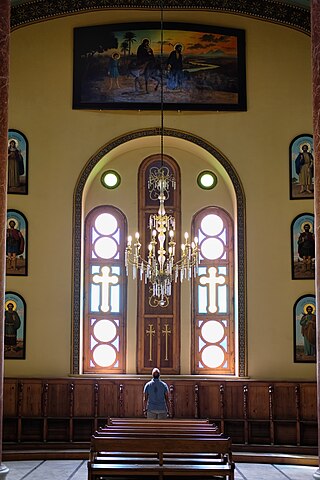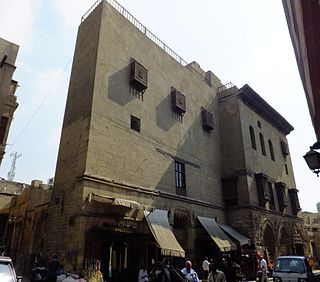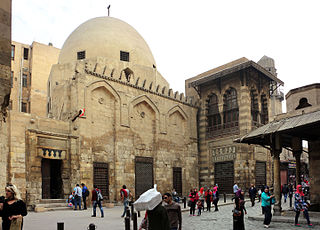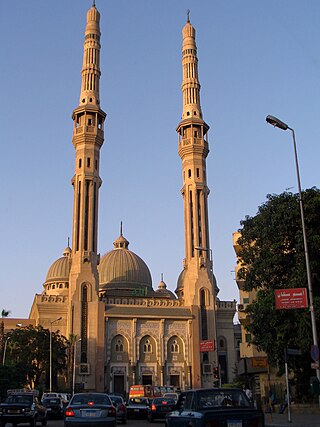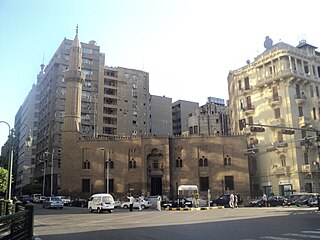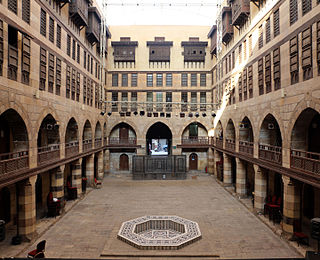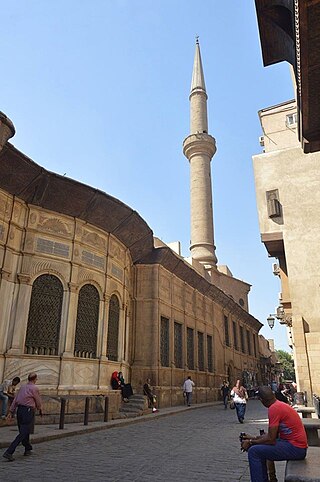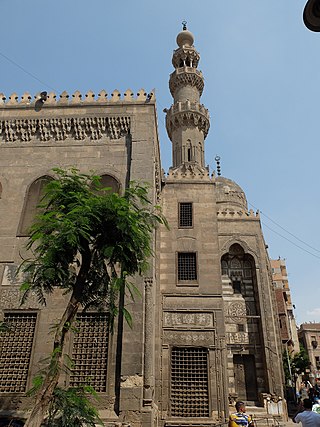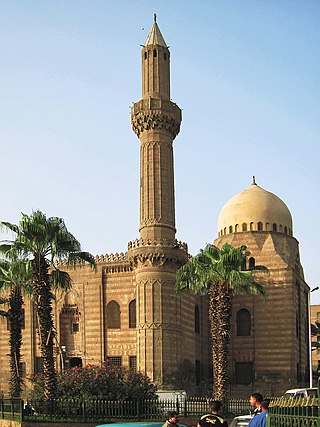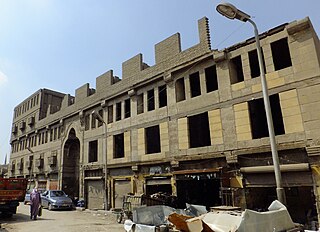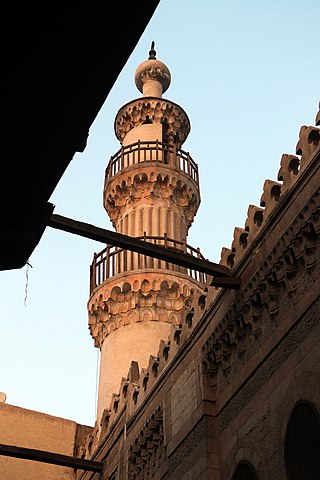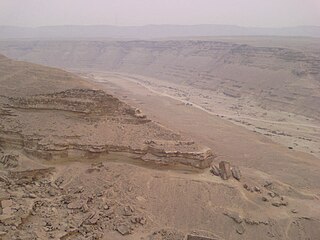43 Sights in Cairo, Egypt (with Map and Images)
Legend
Premium Sights
Book tickets, guided tours and activities in Cairo.
Guided Free Walking Tours
Book free guided walking tours in Cairo.
Welcome to your journey through the most beautiful sights in Cairo, Egypt! Whether you want to discover the city's historical treasures or experience its modern highlights, you'll find everything your heart desires here. Be inspired by our selection and plan your unforgettable adventure in Cairo. Dive into the diversity of this fascinating city and discover everything it has to offer.
Sightseeing Tours in CairoActivities in CairoAl-Azhar Mosque, known in Egypt simply as al-Azhar, is a mosque in Cairo, Egypt in the historic Islamic core of the city. Commissioned as the new capital of the Fatimid Caliphate in 970, it was the first mosque established in a city that eventually earned the nickname "the City of a Thousand Minarets". Its name is usually thought to derive from az-Zahrāʾ, a title given to Fatimah, the daughter of Muhammad.
The al-Hussein Mosque or al-Husayn Mosque, also known as the Mosque of al-Imam al-Husayn and the Mosque of Sayyidna al-Husayn, is a mosque and mausoleum of Husayn ibn Ali, originally built in 1154, and then later reconstructed in 1874. The mosque is located in Cairo, Egypt, near the Khan El-Khalili bazaar, near-by the famous Al Azhar Mosque, in an area known as Al-Hussain. It is considered to be one of the holiest Islamic sites in Egypt. Some Shias believe that Husayn's head is buried on the grounds of the mosque where a mausoleum is located today and considered to be what is left of the Fatimid architecture in the building, while some Ismaili sect of Shiites disagree with this.
Bab Zuweila or Bab Zuwayla is one of three remaining gates in the city walls of historic Cairo in Egypt. It was also known as Bawabat al-Mitwali or Bab al-Mitwali. The gate was built in 1092 by the Fatimid vizier Badr al-Jamali. The two minaret towers on top of it were added between 1415 and 1422 as part of the construction of the adjacent Mosque of Sultan al-Muayyad. Today it remains one of the major landmarks of Cairo.
Saint Virgin Mary's Coptic Orthodox Church, also known as the Hanging Church, is one of the oldest churches in Egypt which dates to the third century. It belongs to the Coptic Orthodox Church of Alexandria.
Coptic Cairo is a part of Old Cairo which encompasses the Babylon Fortress, the Coptic Museum, the Hanging Church, the Greek Church of St. George and many other Coptic churches and historical sites. It is believed in Christian tradition that the Holy Family visited this area and stayed at the site of Saints Sergius and Bacchus Church. Coptic Cairo was a stronghold for Christianity in Egypt both before and during the Islamic era, as most of its churches were built after the Muslim conquest of Egypt in the 7th century.
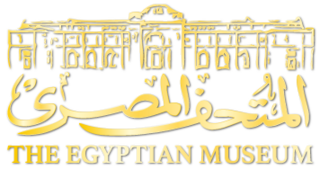
The Museum of Egyptian Antiquities, commonly known as the Egyptian Museum, located in Cairo, Egypt, houses the largest collection of Egyptian antiquities in the world. It houses over 120,000 items, with a representative amount on display. Located in Tahrir Square in a building built in 1901, it is the largest museum in Africa. Among its masterpieces are Pharaoh Tutankhamun's treasure, including its iconic gold burial mask, widely considered one of the best-known works of art in the world and a prominent symbol of ancient Egypt.
7. El Tahrir Square
Tahrir Square, also known as Martyr Square, is a public town square in downtown Cairo, Egypt. The square has been the location and focus for political demonstrations. The 2011 Egyptian revolution and the resignation of President Hosni Mubarak occurred at the Tahrir Square.
8. Fustat
Fustat, also Fostat, was the first capital of Egypt under Muslim rule, and the historical centre of modern Cairo. It was built adjacent to what is now known as Old Cairo by the Rashidun Muslim general 'Amr ibn al-'As immediately after the Muslim conquest of Egypt in AD 641, and featured the Mosque of Amr, the first mosque built in Egypt.
9. Salah El Din Citadel
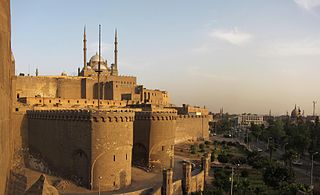
The Citadel of Cairo or Citadel of Saladin is a medieval Islamic-era fortification in Cairo, Egypt, built by Salah ad-Din (Saladin) and further developed by subsequent Egyptian rulers. It was the seat of government in Egypt and the residence of its rulers for nearly 700 years from the 13th century until the construction of Abdeen Palace in the 19th century. Its location on a promontory of the Mokattam hills near the center of Cairo commands a strategic position overlooking the city and dominating its skyline. When it was constructed it was among the most impressive and ambitious military fortification projects of its time. It is now a preserved historic site, including mosques and museums.
10. Cairo Tower
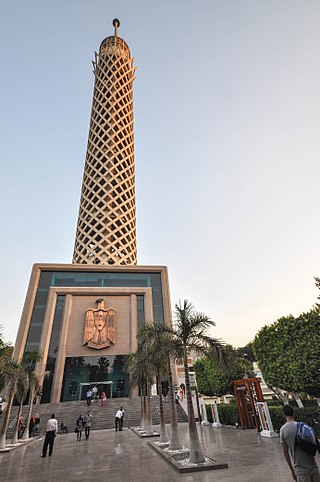
The Cairo Tower is a free-standing concrete tower in Cairo, Egypt. At 187 m (614 ft), it was the tallest structure in Egypt for 37 years until 1998, when it was surpassed by the Suez Canal overhead powerline crossing. It was the tallest structure in North Africa for 21 years until 1982, when it was surpassed by the Nador transmitter in Morocco. It was the tallest structure in Africa for one year until 1962, when it was surpassed by Sentech Tower in South Africa.
11. Sultan Hassan Mosque
The Mosque-Madrasa of Sultan Hasan is a monumental mosque and madrasa located in Salah al-Din Square in the historic district of Cairo, Egypt. It was built between 1356 and 1363 during the Bahri Mamluk period, commissioned by Sultan an-Nasir Hasan. The mosque was considered remarkable for its massive size and innovative architectural components, and is still considered one of the most impressive historic monuments in Cairo today.
12. Unknown Soldier Memorial
The Unknown Soldier Memorial in Cairo is a pyramid-shaped monument in Nasr City. Its construction was ordered by president Anwar Sadat in 1974 in honor of Egyptians and Arabs who lost their lives in the 1973 October War. It was inaugurated in October 1975. The site was also chosen for the president's tomb after his assassination in October 1981.
13. Al-Aqmar Mosque
The Aqmar Mosque, was built in Cairo, Egypt, as a neighborhood mosque by the Fatimid vizier al-Ma'mun al-Bata'ihi in 1125-6 CE. The mosque is situated on what was once the main avenue and ceremonial heart of Cairo, known today as al-Mu'izz Street, in the immediate neighborhood of the former Fatimid caliphal palaces. The mosque is an important monument of Fatimid architecture and of historic Cairo due to the exceptional decoration of its exterior façade and the innovative design of its floor plan.
14. Museum of Islamic Art
The Museum of Islamic Art in Cairo, Egypt is considered one of the greatest museums in the world, with its exceptional collection of rare woodwork and plaster artefacts, as well as metal, ceramic, glass, crystal, and textile objects of all periods, from all over the Islamic world.
15. Qasr El-Nile Bridge (The Nile Castle Bridge)
The Qasr el Nil Bridge, is a historic swing bridge structure dating from 1931 which replaced the first bridge to span the Nile River in central Cairo, Egypt. It connects Tahrir Square in Downtown Cairo on the east bank of the river, to the southern end of Gezira/Zamalek Island. At the bridge's east and west approaches are four large bronze lion statues; they are late 19th-century works by Henri Alfred Jacquemart, French sculptor and animalier.
16. The Coptic Museum
The Coptic Museum is a museum in Coptic Cairo, Egypt with the largest collection of Coptic Christian artifacts in the world. It was founded by Marcus Simaika in 1908 to house Coptic antiquities. The museum traces the history of Egypt from its beginnings to the present day. It was erected on 8,000 square meter land offered by the Coptic Orthodox Church, under the guardianship of Pope Cyril V.
17. El Geyoushy Mosque
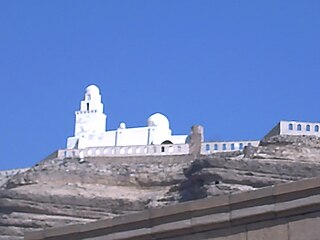
The Juyushi Mosque is a historic monument in Cairo, Egypt. The mosque is dated to 1085 CE, during reign of the Fatimid Imam-Caliph al-Mustansir Billah. Its construction was sponsored by Badr al-Jamali, the vizier of al-Mustansir, who was Amir al-Juyush. It is located on the Muqattam hills above the Southern Cemetery of Cairo.
18. Blue Mosque
The Aqsunqur Mosque (Arabic: مسجد آق, Turkish: Aksungur Camii; also known as the Blue Mosque or the Mosque of Ibrahim Agha is located in Cairo, Egypt and is one of several "blue mosques" in the world. It is situated in the Tabbana Quarter in Islamic Cairo, between Bab Zuweila and the Citadel of Cairo. The Aqsunqur Mosque also serves as a funerary complex, containing the mausoleums of its founder Shams ad-Din Aqsunqur, his sons, a number of children of the Bahri Mamluk sultan an-Nasir Muhammad and that of its principal restorer, Ibrahim Agha al-Mustahfizan.
19. Gayer-Anderson Museum
The Gayer-Anderson Museum is an art museum located in Cairo, Egypt. It is situated adjacent to the Mosque of Ahmad ibn Tulun in the Sayyida Zeinab neighborhood. The building takes its name from Major Robert Grenville Gayer-Anderson Pasha, who resided in the house between 1935 and 1942 with special permission from the Egyptian Government. The museum is noted for being one of examples of 17th-century domestic architecture left in Cairo, and also for its collection of furniture, carpets, curio, and other objects.
20. Baron Empain Palace
The Baron Empain Palace, also known as Le Palais Hindou, is a distinctive and historic mansion in Heliopolis, a suburb northeast of central Cairo, Egypt. It was built in 1905 for Édouard Empain, Baron Empain, a Belgian businessman and industrialist with particular interests in tramways. The building was inspired architecturally by Hindu temple.
21. Cathedral of the Nativity
The Cathedral of the Nativity of Christ is a Coptic Orthodox cathedral in the as-yet-unnamed New Administrative Capital, Egypt, some 45 km east of Cairo. It was commissioned by the President of Egypt Abdel Fattah el-Sisi and inaugurated on 6 January 2019 by President el-Sisi and the Pope of the Coptic Orthodox Church of Alexandria Tawadros II. It is the largest church in the Middle East, and the largest Oriental Orthodox church in the world by area.
22. Mosque of Sultan al-Muayyad
The Mosque of Sultan al-Mu'ayyad is a Mosque in Cairo, Egypt next to Bab Zuwayla built under the rule of sultan Al-Mu'ayyad Sayf ad-Din Shaykh from whom it takes its name, "Al-Mu'ayyad", meaning The Supporter in Arabic language. Construction began in 1415 and the mosque was completed in 1421. The complex included a Friday mosque and a madrasa for four madhhabs. It replaced a prison which originally stood next to Bab Zuwayla.
23. Al-Lu'lu'a Mosque
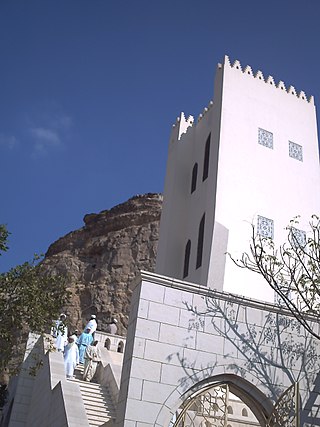
The Lulua Mosque or al-Lu'lu'a Mosque is a mosque in Cairo, Egypt, that was built in 1015–16 AD. It was constructed during the reign of the third Fatimid caliph, al-Hakim, in the Fatimid architectural style. The mosque was almost-fully collapsed in 1919, but was later refurbished in 1998 by the Dawoodi Bohras, who trace their religious lineage to the Fatimid Caliphate's Shia Islam. It is located in the southern cemetery in the Moqattam hills.
24. Bab Al-Nasr
Bab al-Nasr, is one of three remaining gates in the historic city wall of Cairo, the capital of Egypt. The gate's construction is dated to 1087 and was ordered by Badr al-Jamali, a Fatimid vizier. It is located at the northern end of Shari'a al-Gamaliya in the old city of Cairo and slightly east of another contemporary gate, Bab al-Futuh.
25. National Museum of Egyptian Civilization
The National Museum of Egyptian Civilization (NMEC) is a large museum located in Old Cairo, a district of Cairo, Egypt. Partially opened in 2017, the museum was officially inaugurated on 3 April 2021 by President Abdel Fattah El-Sisi, with the moving of 22 mummies, including 18 kings and four queens, from the Egyptian Museum in central Cairo, in an event termed the Pharaohs' Golden Parade. The museum displays a collection of 50,000 artifacts, presenting the Egyptian civilization from prehistoric times to the present day.
Wikipedia: National Museum of Egyptian Civilization (EN), Website
26. Egyptian Geological Museum
The Egyptian Geological Museum is a museum in Cairo, Egypt. The museum was established in 1901 as part of the Egyptian Geological Survey, which had been started in 1896 under the direction of the Khedive Ismail. The museum was the first of its kind in the Middle East and the African continent.
27. October War Panorama
The 6th of October War Panorama is a museum and memorial to the 1973 October war, located in Heliopolis, Cairo. Constructed over an area of 7.5 feddans, it was inaugurated on 5 October 1989 by former Egyptian president Hosni Mubarak. It was built as a cylindrical fort-like building molded in Islamic architectural style with partial assistance from a group of North Korean architects and is run by the Egyptian National Military Museums Department.
28. Saint Barbara Church
The Coptic Orthodox Church of St. Barbara is one of the many famous Coptic Orthodox parishes that can be found in the district of Coptic Cairo. The building is located on the eastern part of the Babylon Fortress and is one of the oldest buildings in Cairo, dating back to the 5th or 6th century AD. However, like many other buildings of Coptic architecture, it was rebuilt several times, most notably by the end of the 11th century.
29. Saint George's Church
The Church of St. George is a Greek Orthodox church within the Babylon Fortress in Coptic Cairo. It is part of the Holy Patriarchal Monastery of St George under the Greek Orthodox Patriarchate of Alexandria and all Africa. The church dates back to the 10th century. The current structure was rebuilt following a 1904 fire, construction was finished in 1909. Since 2009, the monastery's hegumen has had the rank of bishop with title Bishop Babylonos.
30. Beshtak Palace
The Beshtak Palace or Qasr Bashtak is a historic palace and museum in Cairo, Egypt, built in the 14th century by the Mamluk amir Sayf al-Din Bashtak al-Nasiri. It is located on Shari'a al-Mu'izz, in the area known as Bayn al-Qasrayn.
31. Madrasa and Mausoleum of Sultan Al-Salih Nagm Al-Din Ayyub
The Salihiyya Madrasa, also called the Madrasa and Mausoleum of as-Salih Najm ad-Din Ayyub is a historic madrasa and mausoleum complex in Cairo, Egypt. The complex was founded by the Ayyub sultan As-Salih Ayyub in 1242 and his mausoleum was added to it by Shajarr ad-Durr upon his death in 1249. It was one of the most prominent centers of Islamic learning in the Ayyubid and Mamluk era in the 13th–14th centuries CE. Its remains are located on al-Muizz Street in the historic district of Cairo across from the Complex of Sultan Qalawun.
32. Al-Nour
Al-Nour Mosque is a mosque in Abbassia, Cairo, Egypt. It is among the landmarks of the neighborhood and the largest mosques in the city with several different halls for multi-purposes. It conducts social activities and sporting events as well. The mosque contains other facilities such as library.
33. Kekhya Mosque
Osman Katkhuda Al-Kazdaghli Mosque or Al-Kikhia Mosque, is one of the mosques established in the era of the Ottoman Empire in Egypt, this mosque is located in the Azbakeya neighborhood at the intersection of Ibrahim Street with Qasr Al-Nil Street.
34. Wekalat El Sultan Al-Ghoury
The Wikala of Sultan Qansuh al-Ghuri is a caravanserai in medieval Cairo, Egypt. It was built in 1504–1505 and is considered today one of the most impressive and best-preserved examples of this type of building in Cairo.
35. Mahmoud Mukhtar Museum
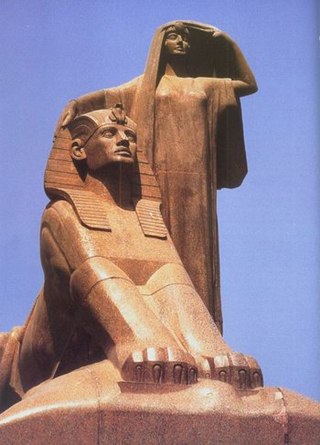
Mukhtar Museum is a museum in Cairo, Egypt, housing the sculptures of Mahmoud Mokhtar. Mokhtar is considered to be significant as the father of modern Egyptian sculpture. His tomb is in the basement of the museum.
36. Mosque-Sabil of Sulayman Agha al-Silahdar
Mosque-Sabil of Sulayman Agha al-Silahdar or Mosque-Sabil-Kuttab of Sulayman Agha al-Silahdar is a complex of mosque, sabil and kuttab established during the era of Muhammad Ali Pasha in Islamic Cairo, the historic medieval district of Cairo, Egypt. It is located at the beginning of Burjouan alley of the famed Muizz Street. On the other side it faces the extension of Al-Nahasin Street leading to the Bab Al-Shaareya square.
37. Qogmas Al-Ishaqi Mosue
The Mosque of Amir Qijmas al-Ishaqi or Abu Hurayba Mosque is a late Mamluk-era mosque in Cairo, Egypt. It dates from 1480-81 CE and is located in the historic al-Darb al-Ahmar district, near Bab Zuweila. It is considered by many to be one of the finest examples of late Mamluk architecture.
38. Qani Bey Mosque
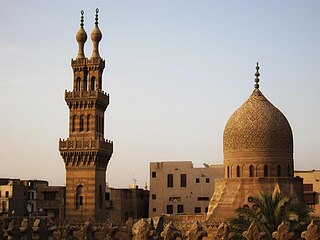
The Mosque of Qani-Bay is a mosque in Cairo, Egypt. The complex is named after Qani-Bay al-Sayfi, nicknamed "al-Rammah", who was Grand Master of the Horse during the reign of Sultan al-Ghuri. It was built between AD 1503 and 1504 on a hill watching over the hippodrome and Mosque-Madrassa of Sultan Hassan. The site was chosen since the horse market and stables of the Citadel were originally located just off the square.
39. El-Mahmoudya Mosque
Al-Mahmoudia Mosque or the Mosque of Mahmud Pasha is a historic mosque in the city of Cairo, Egypt. It is located at the Salah al-Din Square in the Citadel of Cairo area, in front of Bab al-Azab gate of the citadel. There are Sultan Hassan Mosque and Al-Rifa'i Mosque to the east.
40. Wikala Qaitbey
The Wikala of Sultan Qaytbay or Wakala of Sultan Qaytbay is an urban caravanserai and rab built by Sultan al-Ashraf Abu al-Nasr Qaitbay in 1481 CE in Islamic Cairo, the historic medieval district of Cairo, Egypt.
41. Mosque of Mahmud Kurdi
Mahmud al-Kurdi Mosque or Jamal al-Din Mahmud al-Istadar Mosque is a historic mosque in Cairo, Egypt. It was founded by an amir called Mahmud al-Kurdi who was the ustadar or majordomo of the Mamluk Sultan Barquq. It is located just south of the Qasaba of Radwan Bey which branches out from the Ahmad Maher Street, in Historic Cairo, in the district of al-Darb al-Ahmar.
42. Kottamia Astronomical Observatory
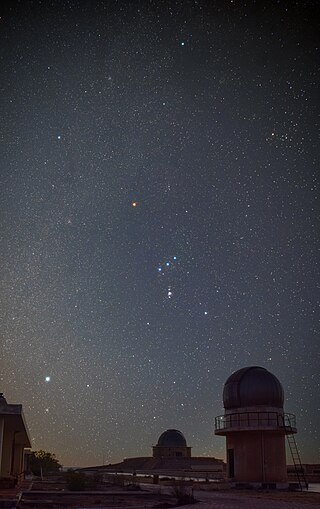
Kottamia Astronomical Observatory is the largest telescope in the Arab world, including the Middle East and North Africa. The telescope, which is located 80 km from the center of Cairo, has a main mirror diameter of about 1.88 meters.
43. Wadi Degla Protectorate Area
Wadi Degla Reserve is one of the nature reserves in Cairo Governorate in Egypt It is a nature reserve under the decision of the Prime Minister No. 47 of 1999 with a total area of about 60 km2. • Wadi Degla is located east of the Maadi neighborhood in the eastern desert in Cairo Governorate and is considered one of the important valleys that extend from east to west with a length of about 30 km. • It passes through limestone rocks that are deposited in the marine environment in the eastern desert from, it is rich in fossils.
Share
How likely are you to recommend us?
Disclaimer Please be aware of your surroundings and do not enter private property. We are not liable for any damages that occur during the tours.
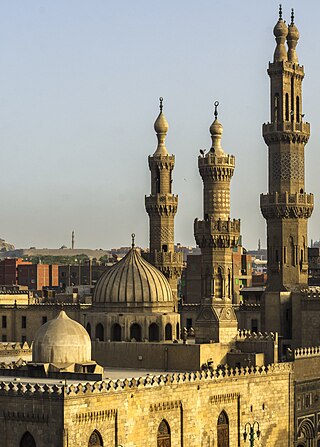
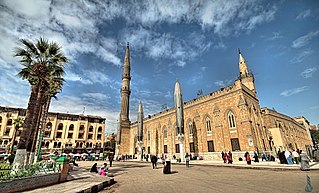
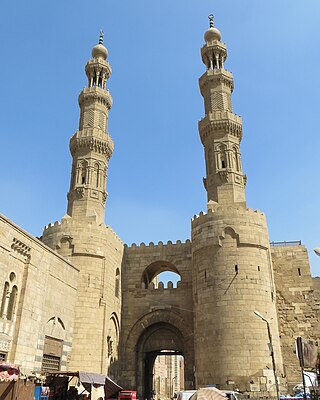
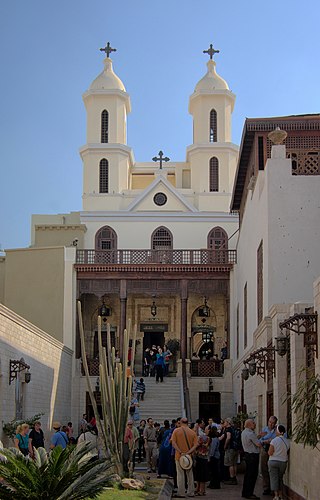
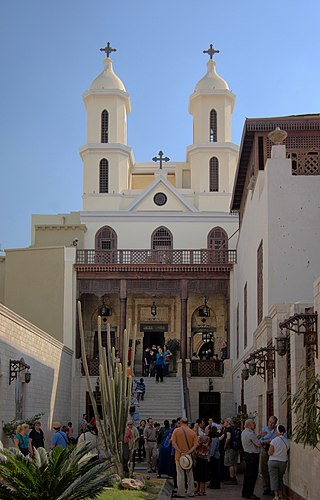
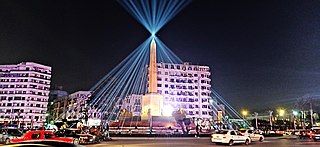
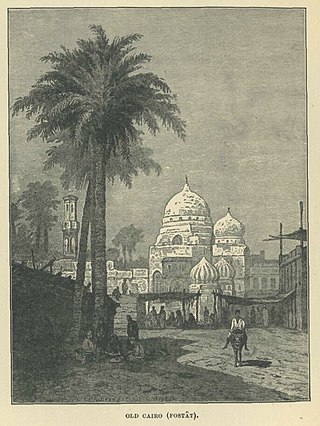
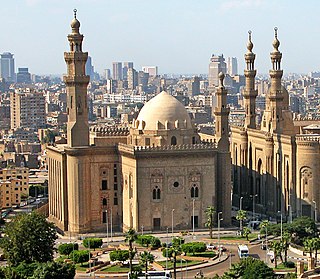
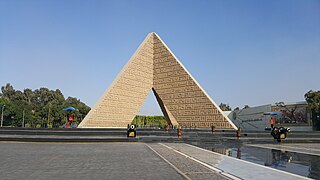
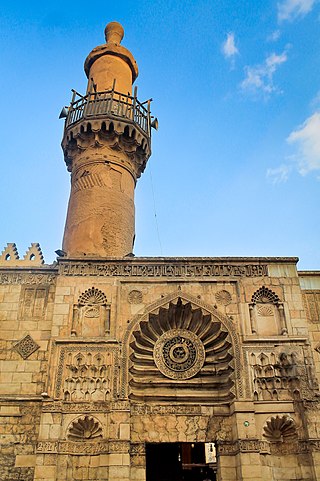
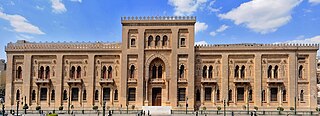
.jpg)
